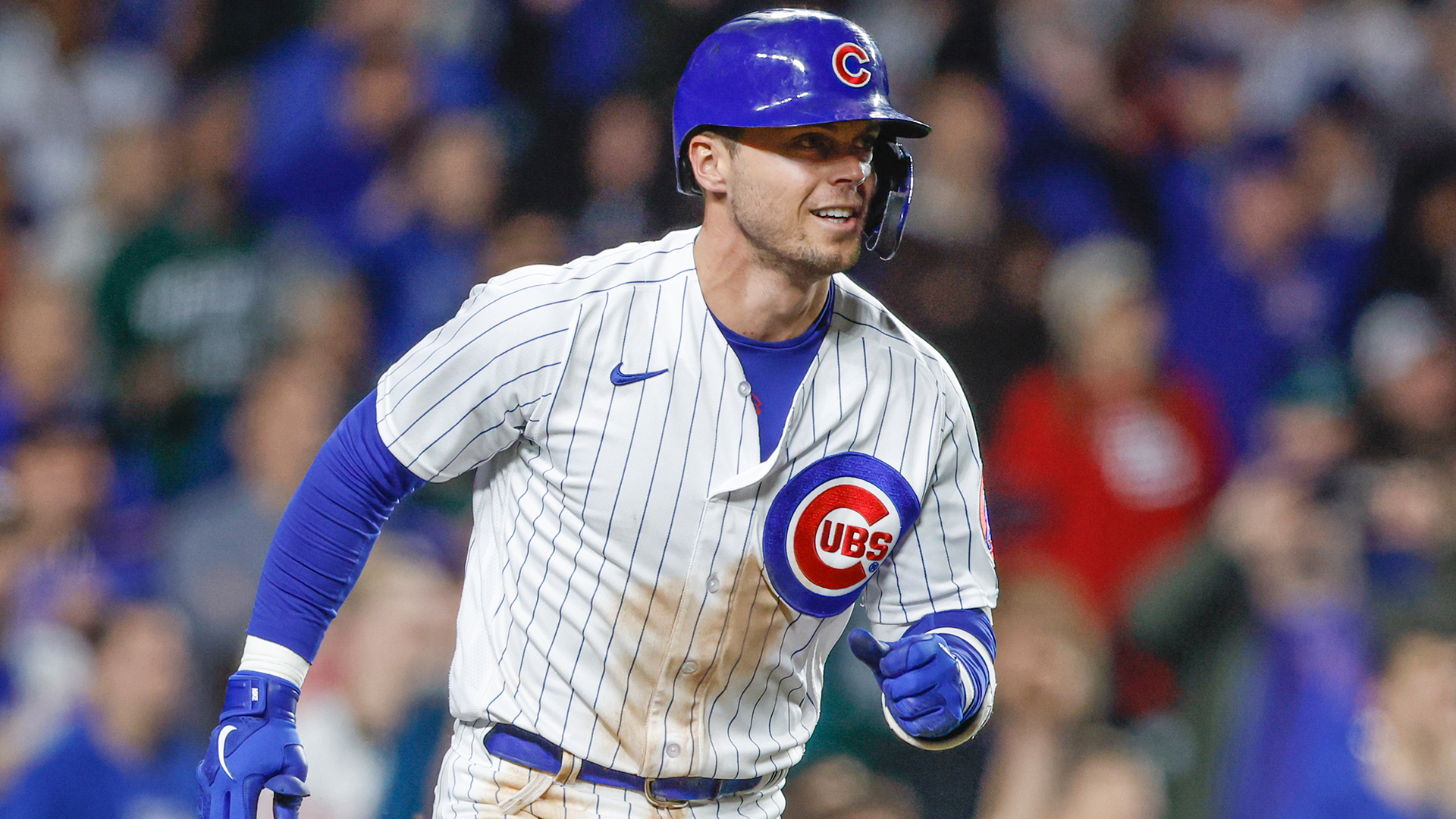The Cubs ended their game against the Mets on Wednesday in dramatic fashion. A game-tying tag-up attempt by Mets first baseman Pete Alonso was caught short as Ian Happ threw him out from left field.
But was Cubs catcher Miguel Amaya violating the league's new plate-blocking rule? Here's the replay.
Stay in the game with the latest updates on your beloved Chicago sports teams! Sign up here for our All Access Daily newsletter.
The new rule, nicknamed "The Buster Posey Rule," prohibits catchers from blocking the plate without possession of the baseball. The rule states "the catcher is not permitted to block the runner’s path to the plate unless he is in possession of the ball, though blocking the path of the runner in a legitimate attempt to receive a throw is not considered a violation."
The rule states a baserunner can be called safe if a catcher violates the rule.
From the replay, Amaya appears to leave a path, but his entire left foot appears to be on top of home plate. Alonso found a lane to slide his hand, but his hand popped up above the plate, not appearing to technically make direct contact with it.
MLB's replay center offered a full explanation of their thought process for the call. Here's what they said.
Cubs News
“After viewing all relevant angles, the replay official definitively determined that no violation of the home-plate collision rule occurred. The catcher’s initial setup was legal, and he moved into the lane in reaction to the trajectory of the incoming throw.
“Additionally, the replay official could not definitively determine that the runner contacted home plate prior to the catcher applying the tag. The call stands, and the runner is out.”
Amaya concurs with the verdict, as he believes he didn't violate the rule.
"I was 100% confident in myself [that I wasn’t blocking the plate],” Amaya said. “I gave him a lane, then they [had] the review exactly how I thought."
The Mets, on the other hand, were not in agreement with the call and review. They're left more bewildered by the rule now than before.
“They send out a memo in Spring Training, what’s legal and what’s illegal,” Mets manager Carlos Mendoza said of MLB. “It’s clearly on that email, that memo that we got, that catchers are not allowed to have their foot in front of the plate, on top of the plate. They cannot straddle without possession of the baseball. It was very clear that [Amaya] had his left foot on top of the plate without the baseball.”
Also asked if he understood the rule, Mets catcher Omar Narváez replied: "I guess not anymore."
The play ended a war of attrition between the teams, as Cubs pitcher Shōta Imanaga and Mets starter Jorge Lopez each performed phenomenally in their respective starts.
Imanaga pitched seven scoreless innings, walking one batter while striking out seven from 87 pitches. Through his first six career starts, Imanaga holds a 0.78 ERA, the fourth-best ERA through six career starts in MLB history.
Lopez got through six innings, allowing just one run from two walks and four hits. He struck out six batters. Lopez incurred the pitching loss for the game, moving him to 0-2 on the season.
It was a difficult loss to swallow for Mets fans, who initially thought the umpire enforced the plate-blocking rule after review. The Mets also moved to 15-15 on the season, clinging onto third place in the highly competitive NL East.
But for Alonso, who was thrown out at home to end the game, he's moving on from it.
"I hustled as hard as I could," Alonso said. "I made the best slide I could possibly make. The umpire said I was out, so I was out."


